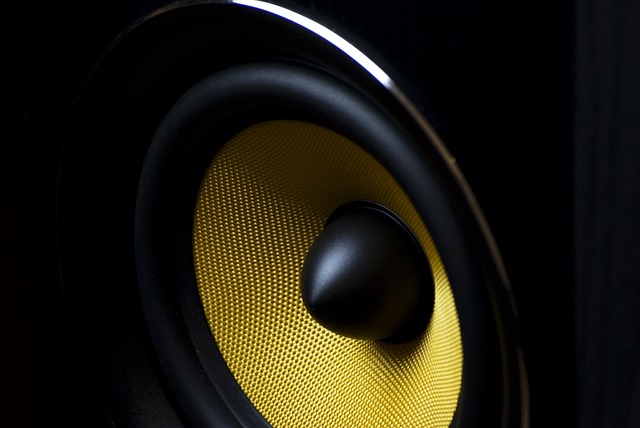Line Array Technology Explained: How It Shapes Modern Sound Engineering
In the ever-evolving world of sound engineering, the pursuit of perfect audio delivery has led to significant technological advancements. Among these, line array technology stands out as a revolutionary development that has reshaped how sound is projected in various spaces, from concert halls to outdoor festivals. This innovation not only enhances the listener’s experience but also offers sound engineers unparalleled control and precision in sound distribution.
At its core, line array technology involves a series of loudspeakers arranged in a vertical line. This configuration allows sound waves to interact and combine in a way that significantly improves sound quality and coverage. The principle behind this design is to ensure that sound is evenly distributed across a wide area, minimizing the loss of volume and clarity over distance that is often associated with traditional point source speakers.

Image Source: Pixabay
One of the most notable benefits of employing line arrays in sound engineering is their scalability. Depending on the size and acoustics of the venue, the array can be adjusted by adding or removing modules. This flexibility ensures that whether the event is an intimate gathering or a large-scale outdoor concert, the sound system can be tailored to provide optimal audio coverage. This adaptability not only makes array speakers a practical choice for a variety of settings but also represents a cost-effective solution for event organizers and venues alike.
Moreover, array speakers are celebrated for their ability to deliver clear, uniform sound across different listening areas. Traditional speaker setups often struggle with sound dispersion, leading to areas within a venue where the audio is too loud, too soft, or distorted. Line arrays, with their unique vertical orientation, emit sound waves that travel further and more cohesively, ensuring that every audience member, regardless of their location, experiences the same audio quality. This uniformity is crucial in live performances, where the clarity of vocals and instruments can make or break the listener’s experience.
Another advantage of line array technology is its directivity. Sound engineers can precisely control where the sound is directed, minimizing spillage into unwanted areas such as the stage or the skies above an outdoor venue. This targeted approach not only improves the audience’s listening experience but also reduces noise pollution, an important consideration in densely populated areas or events held close to residential communities.
The applications of array speakers extend beyond music concerts and festivals. They are increasingly used in corporate events, religious gatherings, sports stadiums, and theater productions, showcasing their versatility. In each of these settings, the goal is the same: to deliver clear, consistent sound that engages the audience without causing discomfort or auditory fatigue. Whether amplifying the voice of a speaker in a conference hall or ensuring that fans in the furthest seats of a stadium can hear the play-by-play commentary, array speakers prove to be an indispensable tool in modern sound engineering.
Furthermore, the ongoing advancements in digital signal processing (DSP) have further enhanced the capabilities of array speakers. Engineers can now fine-tune sound systems with precision, adjusting for the acoustical challenges of any venue. This level of control is instrumental in achieving the best possible sound quality, tailoring the audio output to complement the specific characteristics of the space.
Line array technology has become a cornerstone of modern sound engineering, offering solutions that traditional speaker systems simply cannot match. Through superior sound distribution, scalability, and directional control, line arrays have significantly improved the way sound is delivered in live events. Their impact extends beyond just the technical aspects of sound engineering, influencing the overall experience of audiences in a wide range of settings. As technology continues to evolve, the possibilities for enhancing audio delivery seem limitless, with array speakers leading the charge in shaping the future of sound engineering. In embracing these advancements, sound engineers are not just pushing the boundaries of what is possible but are also ensuring that every note, word, and sound is heard as it was meant to be, clear and unadulterated.

Comments